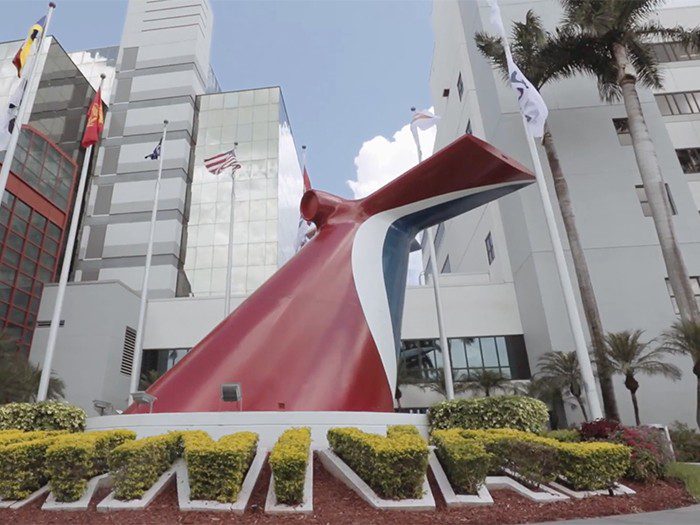Aiming to further improve energy savings and reduce fuel consumption, Carnival Corporation & plc (/LSE: CCL;NYSE: CUK), the world’s largest cruise company, is to roll out comprehensive technology upgrades, called Service Power Packages. across its global fleet. The upgrades will see ongoing installations through 2023 on ships from the company’s nine cruise line brands.
Carnival Corporation says the upgrade program will delivers an average of 5-10% fuel savings per ship and is expected to reduce fleet wide greenhouse gas emissions by more than 500,000 metric tons each year. In addition to the environmental benefits, on completion the program is expected to generate over $150 million in annual fuel cost savings.
Developed over the past six years, the program delivers includes air conditioning upgrades to cabin and public areas, and major enhancements to cooling, lighting and automation systems. Adjusting for variations in ship design, size and equipment, the company customizes the Service Power Package for each ship.
The Carnival Corporation Service Power Packages include the following elements designed to work together to reduce each ship’s overall service load – the energy required to support all onboard hotel systems – and as a result, significantly reduce both fuel usage and emissions:
“The Service Power program closely aligns with our long-term sustainability and decarbonization goals and our highest responsibility and top priority, which is compliance, environmental protection and the health, safety and well-being of our guests, the people in the communities we visit, and our shipboard and shoreside personnel,” said Bill Burke, chief maritime officer for Carnival Corporation. “Based on our improved fleet composition, including adding six industry-leading LNG-powered ships, and our previous investments to increase efficiency and reduce emissions, our absolute carbon emissions peaked in 2011 despite significant capacity growth over the past decade. These tailored Service Power Packages further build on those efforts as part of our comprehensive approach to sustainability.”
The fleet wide enhancements are part of Carnival Corporation’s ongoing energy efficiency investment program and efforts to reduce fuel consumption, including over $350 million invested in energy efficiency improvements since 2016, along with the company’s fleet optimization strategy and design of more efficient itineraries. Together, these ongoing efforts are expected to drive a 10% reduction in fuel consumption per available lower berth day (ALBD) in the company’s first full year of guest cruise operations compared to 2019, along with a 9% reduction in carbon emissions per lower berth distance traveled.
As part of its longer-term sustainability plan and vision, Carnival Corporation has committed to significant investments to achieve its 2030 sustainability goals and 2050 aspirations, which incorporate six critical sustainability focus areas overall. These areas include climate action; circular economy; sustainable tourism; good health and well-being; diversity, equity and inclusion; and biodiversity and conservation.
Among these priorities, the company has committed to reducing carbon emission intensity by 20% from its 2019 baseline by 2030, supporting its efforts and aspirations to achieve net carbon-neutral ship operations by 2050.






